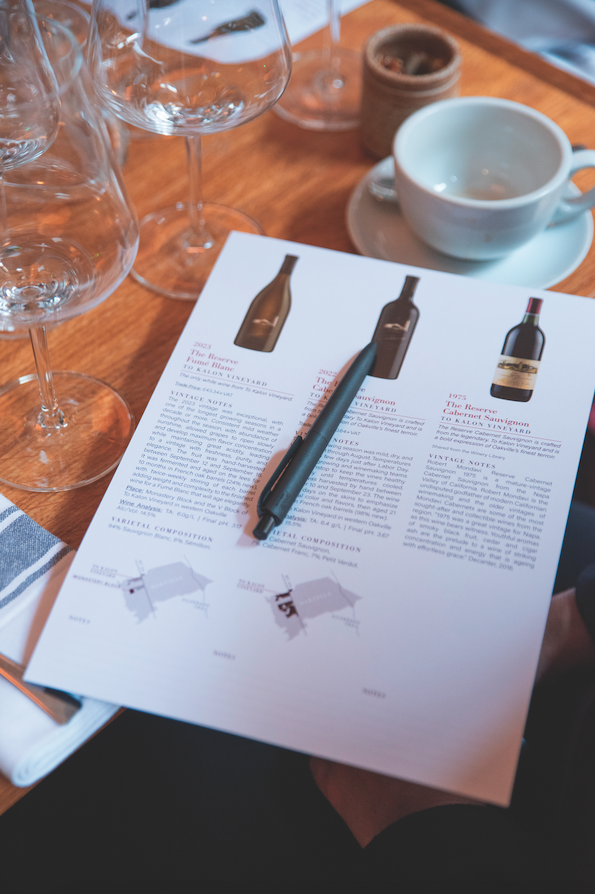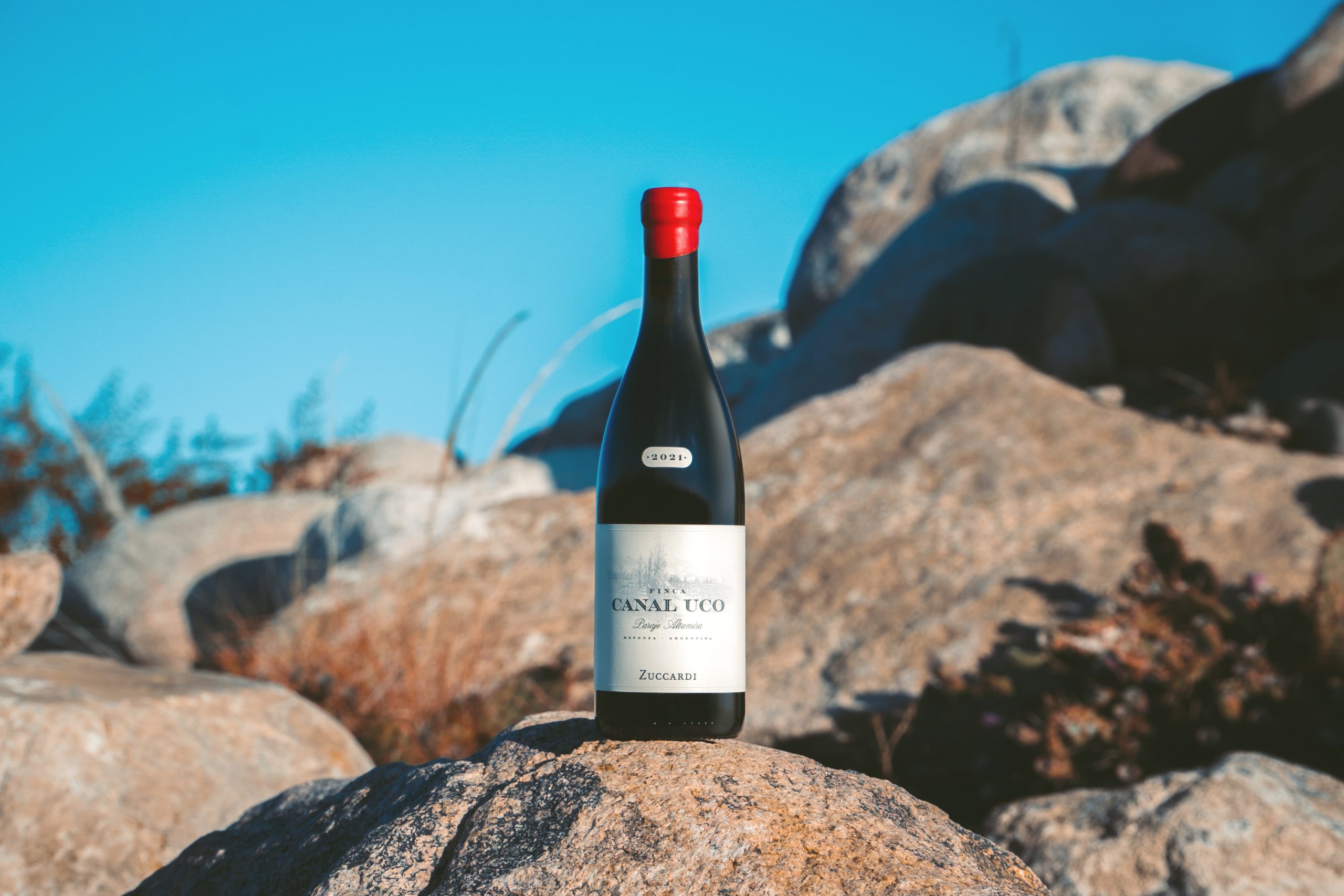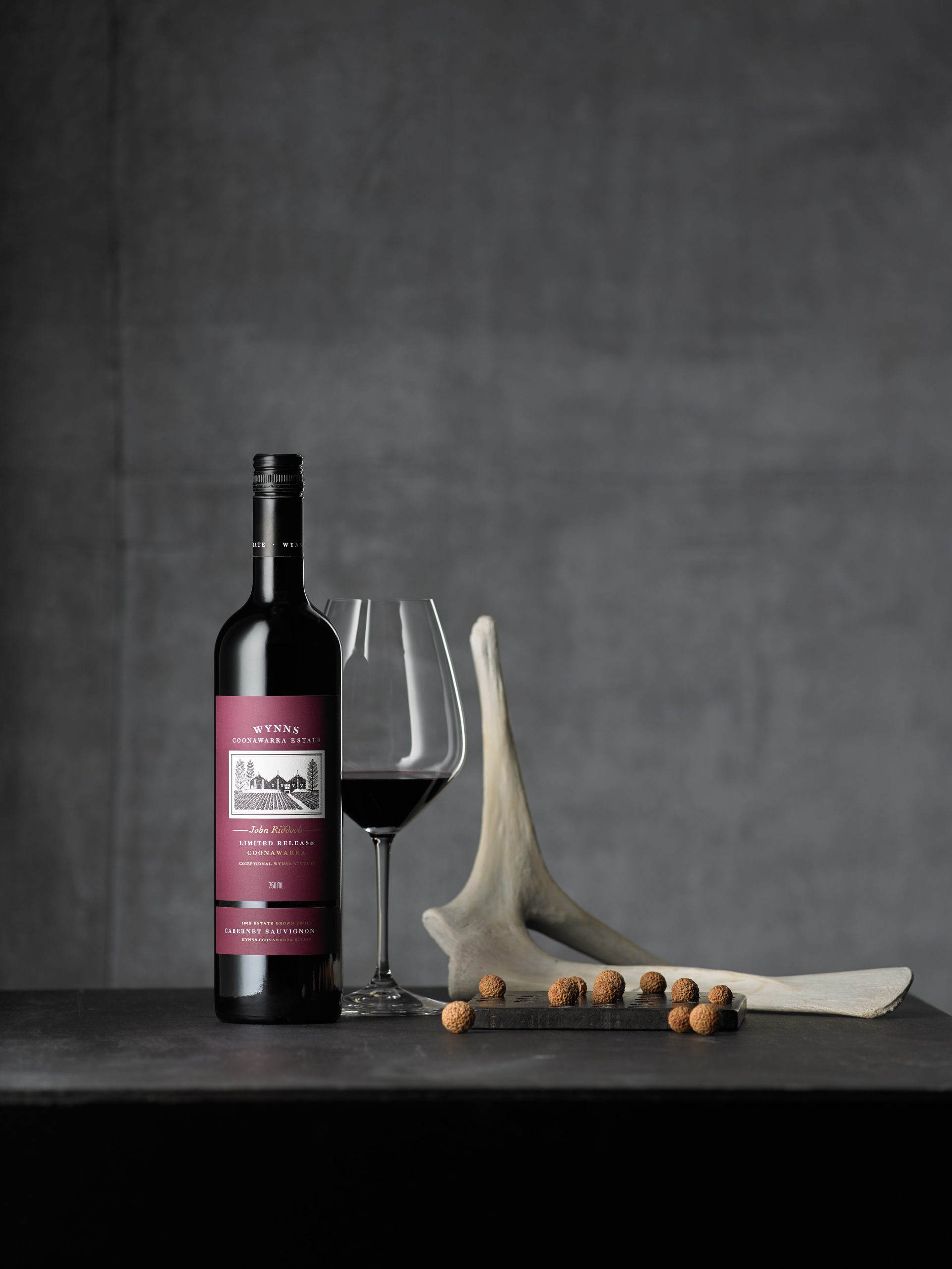Eva Ekeblad: The woman who turned potatoes into booze
Today is the 293rd ‘birthday’ of the Swedish scientist Eva Ekeblad, whose chief claim to fame is she discovered how to make alcohol and flour from potatoes.
Anyone using Google today will have noticed one of its periodic ‘doodles’ on its homepage. As mentioned above it is in recognition of Eva Ekeblad, a noted botanist and amateur scientist in 18th century Sweden. Born into the influential De la Gardie family in 1724, Eva was married to Claes Claesson Ekeblad aged just 16.
As her husband was a member of the ‘Riksråd’ or Privy Council and frequently absent, Eva was tasked with managing three estates; her husband’s manor at Stola and two of her own, the castles of Mariedal and Lindholmen.
Considered extremely fair and capable in this full-time task Eva nonetheless found time to pursue various scientific interests. To begin with she chiefly focused on the potato, which, although introduced to Europe by the Spanish in the late 16th century and to Sweden by 1658, by the the mid-18th century was still not widely considered suitable for human consumption and in fact were normally just grown in greenhouses as a curiosity.
Intrigued by tales from Germany that it could be used to make alcohol, she set about discovering if it was indeed possible and what its alcoholic potential was.
Rather than being an idle experiment by a louche aristo looking for ever stronger hooch however, her work and discoveries had an immediate and practical use. By finding that the tuberous crop was suitable for fermenting and distilling, it meant potatoes rather than grain could be used to make traditional drinks such as Akavit, which freed up wheat and other cereal supplies for bread making and helped alleviate food shortages which were plaguing Sweden at that time; something Eva was no doubt highly aware of due to her close dealings with farmers across her three estates.
Partner Content
In 1746, aged just 24, Eva submitted her findings to the Royal Swedish Academy of Sciences and was admitted as its first female member.
In 1751 she found a way to make a form of flour from potatoes as well but rather than using it for gastronomy, she advocated its use as a replacement for more dangerous substances being used in cosmetics (usually poisonous heavy metals such as zinc and mercury). The potato would not become a staple foodstuff in Sweden or even much of Europe until the 19th century.
Although she lived until 1786 and continued to experiment and hold an influential position in Swedish aristocratic society, her membership of the Royal Academy of Sciences was reduced to an honorary membership in 1751.
The Academy would then not admit another woman until 1945 when the German-Jewish chemist Lise Meitner was asked to join as a foreign member. Meitner then moved to Sweden and gained citizenship in 1951 making her the first Swedish female member of the academy for 200 years.




